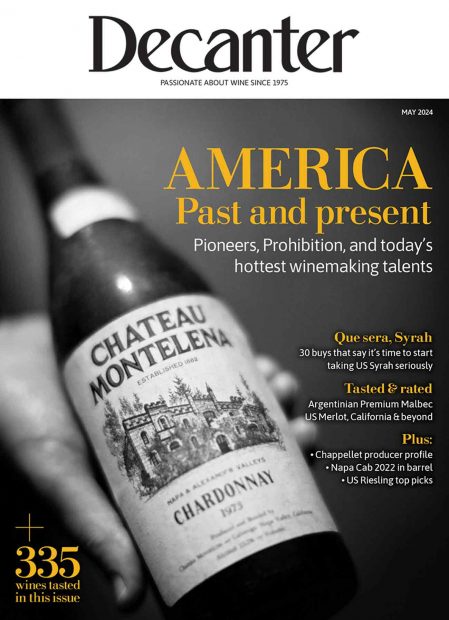Rioja is one of the world’s best-loved, most lucrative wine brands, so why would you want to change a winning formula? Adam Lechmere meets a band of ‘reformers’ who do.
These Rioja crus ‘reformers’ believing that the current level of classification is too simple for such a complex region of terroirs.
‘Do you know the taste of Labastida?’ asks Telmo Rodríguez. The same question from a Burgundian or a Bordelais about one of their villages would be far easier to answer.
Coming from Rodríguez, as he stands among the tiny, ancient plots of his Las Beatas vineyards in Rioja Alavesa, it’s rhetorical.
His point is that for a region so varied in terroir, in topography, in soils, elevation and orientation (in their few hectares, the vineyards of Las Beatas face half a dozen points of the compass), it’s astonishing how unsophisticated the popular perception of Rioja is.
As he puts it, with a note of regret, ‘We’re happy to be generic.’
Rodríguez, who makes wine in nine regions of Spain, from his family estate of Remelluri in Labastida and the ancient vineyards he has revived in the region, to Ribera del Duero, Toro, Galicia and as far south as Malaga, is one of a disparate group of producers becoming increasingly vocal about the limitations of the Rioja appellation.
They have different ways of expressing themselves, but their point is simple: the official classification of Rioja into the three levels of crianza, reserva and gran reserva is an instrument too blunt to do justice to the complexity of what is popularly known as ‘the region of 1,000 wines’.
The man who set the whole thing off is Juan Carlos López de Lacalle of Artadi, whose Viña el Pisón, at about £400, has the distinction of being one of Spain’s most expensive wines.
Early in 2015, the Rioja press reported he would be leaving the DOC. From the 2014 vintage all Artadi wines will be labelled as Vino de Mesa, and will not carry the Rioja name or official back label stamp.
‘We need different tools to express the thousands of different styles of Rioja,’ De Lacalle says. As an illustration of what he’s talking about, he takes me to his vineyards on the San Ginés river (a tributary of the Ebro) outside the town of Laguardia. On the eastern bank, west facing, is La Poza, and opposite is Valdegines, looking east.
The difference is the orientation and the depth of soil. De Lacalle suggests La Poza – warmer, with deeper soils – ‘is more Mediterranean’. The wines are markedly different: one with red fruit, the other with riper tannins and a rounder profile.
‘This is the kind of terroir we want to focus on,’ the winemaker says. ‘Why should we put it
all in the same tank and label it gran reserva?’
Blending vs vineyard
The singularity of Rioja’s classification goes back to the 19th century. Historically Rioja’s
bodegas have been master blenders, sourcing grapes from all over the region, developing a
distinctive house style.
The classification is geared to wine age: DO regulations state that crianza wines must spend a year in oak and a year in bottle, reserva a year in oak and two years in bottle, gran reserva two years in oak and three years in bottle. Village names are not allowed on the label as part of the appellation.
This article first appeared in the September issue of Decanter magazine. Subscribe to Decanter here.





